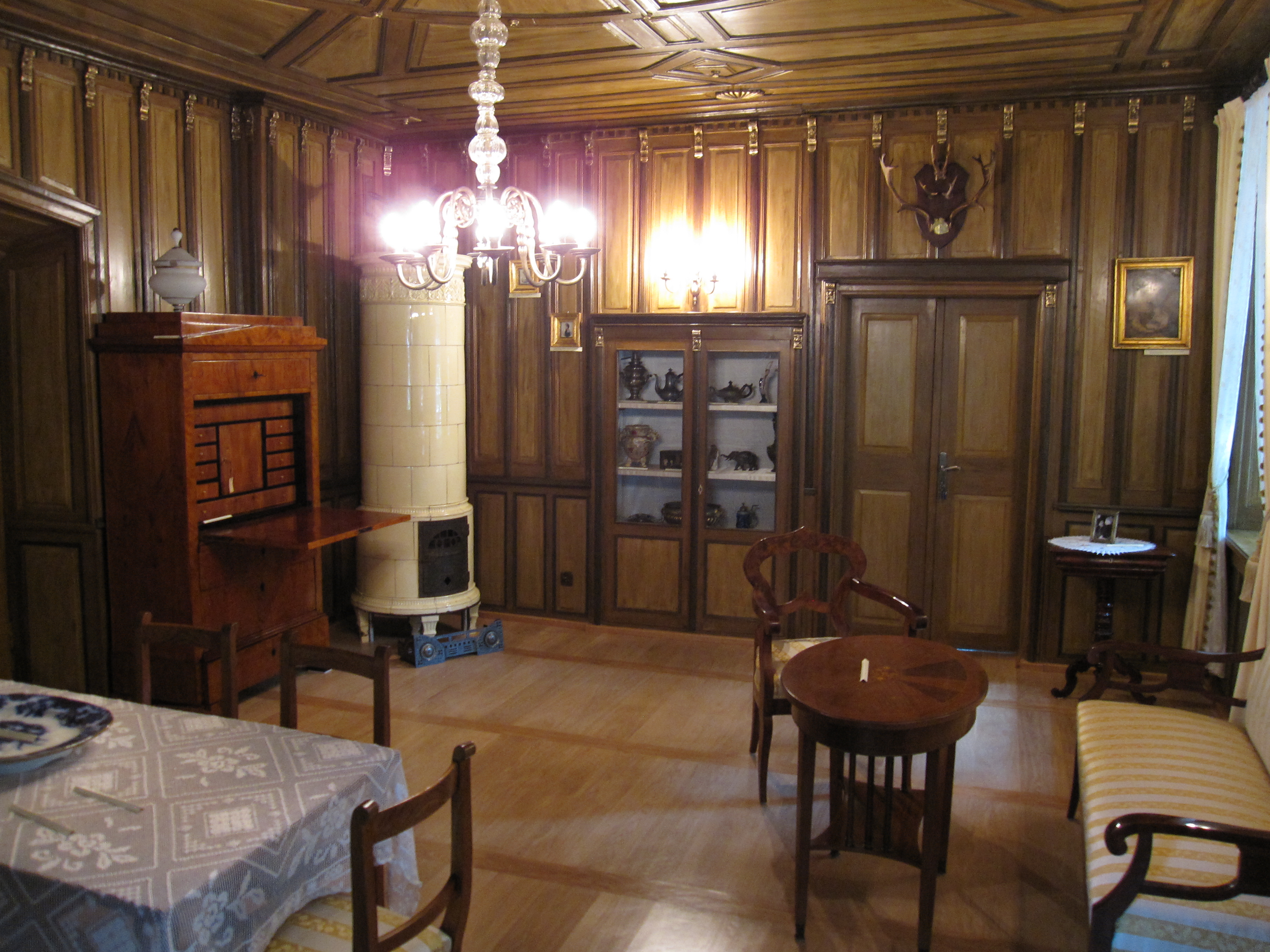|
Edla Blommér
Edla Gustafva Jansson (1817 – 1908) was a Finnish painter, who worked in the Biedermeier style. She was briefly married to Swedish painter Nils Blommér, and is also known as Edla Blommer Jansson and Edla Jansson-Blommér. Blommér studied under Johan Erik Lindh, and her future spouse Nils Blommér. She attended classes at the Royal Swedish Academy of Fine Arts in Stockholm, Sweden. One of her best known works is a portrait of Sara Wacklin (1846, Ateneum). Her paintings can be found in museum collections, including at the Finnish National Gallery, Malmö Art Museum, and Nationalmuseum Nationalmuseum is the List of national galleries, national gallery of fine arts of Sweden, located on the peninsula Blasieholmen in central Stockholm. The museum's operations stretch far beyond the borders of Blasieholmen, including the Natio ... in Stockholm. References External links * 1817 births 1908 deaths 19th-century Finnish painters 19th-century Finnish women ar ... [...More Info...] [...Related Items...] OR: [Wikipedia] [Google] [Baidu] |
Helsinki
Helsinki () is the Capital city, capital and most populous List of cities and towns in Finland, city in Finland. It is on the shore of the Gulf of Finland and is the seat of southern Finland's Uusimaa region. About people live in the municipality, with million in the Helsinki capital region, capital region and million in the Helsinki metropolitan area, metropolitan area. As the most populous List of urban areas in Finland by population, urban area in Finland, it is the country's most significant centre for politics, education, finance, culture, and research. Helsinki is north of Tallinn, Estonia, east of Stockholm, Sweden, and west of Saint Petersburg, Russia. Helsinki has significant History of Helsinki, historical connections with these three cities. Together with the cities of Espoo, Vantaa and Kauniainen—and surrounding commuter towns, including the neighbouring municipality of Sipoo to the east—Helsinki forms a Helsinki metropolitan area, metropolitan are ... [...More Info...] [...Related Items...] OR: [Wikipedia] [Google] [Baidu] |
Royal Swedish Academy Of Fine Arts
The Royal Swedish Academy of Fine Arts (), commonly called the Royal Academy, is located in Stockholm, Sweden. An independent organization that promotes the development of painting, sculpture, architecture, and other fine arts, it is one of several Swedish Royal Academies. The Royal Institute of Art, an art school that was once an integral part of the academy, was broken out in 1978 as an independent entity directly under the supervision of the Ministry of Education. History In 1735, Carl Gustaf Tessin set up a drawing school at Stockholm Castle, naming it the Royal Drawing Academy. It was modeled after French academies of the day as a gathering place for established artists and art connoisseurs. The painters Guillaume Taraval, Johan Henrik Scheffel, and Olof Arenius and the architect Carl Hårleman taught there, and the first group of students included Johan Pasch. In 1766, the academy expanded its activities following a parliamentary decree. In 1768, its name was changed to ... [...More Info...] [...Related Items...] OR: [Wikipedia] [Google] [Baidu] |
Nils Blommér
Nils Blommér, born Nils Johan Olsson (12 June 1816 – 1 February 1853) was a Swedish painter and educator. His middle name is sometimes given as Jakob. Biography He was born to the schoolteacher, Anders Olsson, and his wife, Elsa née Jakobsdotter, in Blommeröd, a village in the Diocese of Lund. He started his career as an apprentice to in Lund then, in 1839, enrolled at the Royal Swedish Academy of Fine Arts. In 1847, he received a generous scholarship that enabled him to go to Paris, where he studied with Léon Cogniet. It was there he adopted the name "Blommér", after his birthplace. Later, he came under the influence of the neo-romantics, such as Erik Gustaf Geijer, Per Daniel Amadeus Atterbom and Erik Johan Stagnelius. He also drew inspiration from Swedish folk songs and the folklore motifs of the Austrian painter, Moritz von Schwind. He firmly believed that nature had an inherent soul; symbolized by folk characters. Around 1850, he moved to Italy where, in ... [...More Info...] [...Related Items...] OR: [Wikipedia] [Google] [Baidu] |
Biedermeier Style
The Biedermeier period was an era in Central European art and culture between 1815 and 1848 during which the middle classes grew in number and artists began producing works appealing to their sensibilities. The period began with the end of the Napoleonic Wars in 1815 and ended with the onset of the Revolutions of 1848. The term originated in popular literature, before spreading to architecture, interior design, and visual arts. "Biedermeier" derives from the fictional mediocre poet Gottlieb Biedermaier, who featured in the Munich magazine ''Fliegende Blätter'' (''Flying Leaves''). It is used mostly to denote the unchallenging artistic styles that flourished in the fields of literature, music, the visual arts and interior design. As is natural in cultural creative movements, ''Biedermeier'' has influenced later styles. Political background The ''Biedermeier'' period does not refer to the era as a whole, but to a particular mood and set of trends that grew out of the unique ... [...More Info...] [...Related Items...] OR: [Wikipedia] [Google] [Baidu] |
